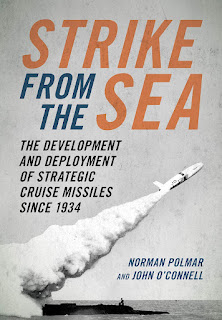Author: Bent Flyvbjerg and Dan Gardner
ISBN: 978-0-77109-843-7
Publisher: Signal Press
Year: 2023
Hardcover
Pages: 304
In his book "How Big Things Get Done," Bent
Flyvbjerg takes a critical look at the process of planning and executing
large-scale projects. Flyvbjerg, a renowned scholar practitioner in the field
of project management, challenges conventional wisdom and presents a
thought-provoking analysis of the factors that often lead to project failures.
With extensive research and insightful examples, the author offers valuable lessons
for both practitioners and policymakers involved in ambitious endeavors.
Flyvbjerg begins by highlighting the pervasive optimism bias
that tends to permeate project planning. He argues that project promoters,
driven by their desire for success, often downplay risks and overstate
benefits, leading to unrealistic expectations. Through empirical evidence and
case studies, Flyvbjerg demonstrates how these overly optimistic projections
can result in significant cost overruns, delays, and, in some cases, complete
project failures. By exposing the pitfalls of unchecked optimism, the author
urges project managers to adopt a more realistic and skeptical approach to
project planning.
One of the key themes in the book is the concept of
"strategic misrepresentation." Flyvbjerg argues that due to political
pressures and the need to secure funding, project promoters frequently engage
in strategic misrepresentation, intentionally presenting a distorted view of
the project's costs, benefits, and risks. The author provides numerous
examples, such as the Boston's Big Dig project and the Sydney Opera House, to
illustrate how these misrepresentations can have severe consequences. By
shedding light on this pervasive practice, Flyvbjerg calls for greater
transparency and accountability in project governance.
Throughout the book, Flyvbjerg emphasizes the importance of
accurate and unbiased data in project decision-making. He criticizes the
prevalent reliance on flawed cost-benefit analyses and argues for the use of
more robust methods, such as reference class forecasting. This approach
involves comparing a new project to similar projects from the past to obtain
more reliable estimates. By advocating for evidence-based decision-making,
Flyvbjerg challenges the prevalent culture of project management and provides a
blueprint for improving the accuracy of project assessments.
In addition to highlighting the problems, Flyvbjerg also
offers potential solutions for improving project outcomes. He suggests the
establishment of an independent project review board to assess and evaluate
large-scale projects. This board would be responsible for conducting unbiased
analyses, providing accurate information, and ensuring that project promoters
are held accountable for their claims. By proposing this mechanism, Flyvbjerg
aims to counterbalance the political and economic pressures that often
undermine project governance.
While "How Big Things Get Done" provides valuable
insights and an emphasis into the challenges of large-scale project management,
the book does identify a number of large projects that have met the triple
criteria of on-time, on budget and delivering what was promised. These include examples
such as the Empire State Building and a nationwide Nepalese education
infrastructure project.
In conclusion, Bent Flyvbjerg's "How Big Things Get
Done" offers a compelling and thought-provoking analysis of the pitfalls
and shortcomings of project management. By examining the influence of optimism
bias, strategic misrepresentation, and flawed decision-making processes,
Flyvbjerg provides valuable lessons for anyone involved in planning and
executing large-scale projects. The book's emphasis on transparency, accountability,
and evidence-based decision-making makes it a timely and important contribution
to the field of project management.



